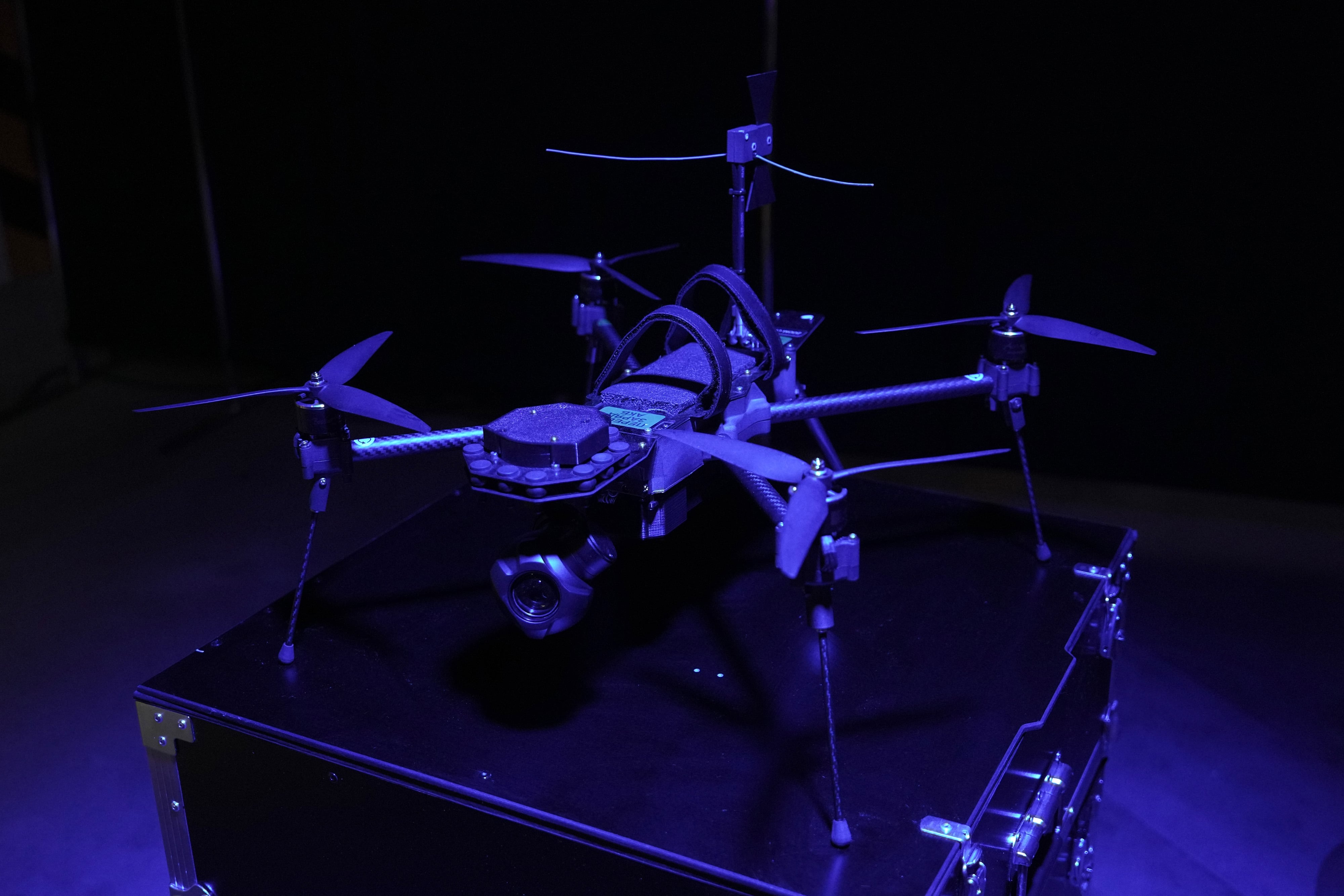With the opening of a new biometrics lab, the Army is pushing to make fingerprints, iris scans and other physical identifiers a more central part of the warfighting endeavor.
The Biometric System Integration Laboratory, which opened in February at Fort Belvoir in northern Virginia, will serve as a proving ground for emerging biometric devices and networking capabilities. The aim is to collect data more easily and to speed communications between soldiers and biometric databases.
“We see a huge expanding role for biometrics,” said Col. Donald Hurst, project manager for DoD biometrics for the Program Executive Office - Intelligence, Electronic Warfare & Sensors. “We are going to use it in counter-terrorism to map high value targets. You’re also going to have a robust force protection for your rear area and your base scenarios.”
The Army is looking at multiple ways to enhance its emerging biometric capability.
Planners want to move away from a hardware-based system of transport and storage for vast volumes of biometric data. The present Automated Biometric Information System lives in servers in the FBI Biometric Technology Center in West Virginia. Virtual computing would be a smarter way to go, Hurst said.
Virtualization would offer more scalable systems, giving military planners the ability to ramp up their biometric processing capacity on short notice. “I can go from 10,000 to 40,000 transactions with just a phone call and have it up and running in a matter of hours,” Hurst said. “That saves a lot of money in physical hardware and it gives us greater operational capabilities.”
He’s looking to have a conversion to a virtualized system underway in 2020 with a potential delivery in 2024.
The emerging specs also put an emphasis on connectivity: A soldier should be able to query the database and get a timely response, even under challenged conditions. “The system needs to be able to leverage whatever network capabilities are available in the theater,” Hurst said. “We are trying to ensure that the device is the ‘perfect parasite’ where it can use any transport mechanism, whether it is satcom or fiber, commercial or military, whatever pathway is available.”
Assuming a new device can connect to the needed network, the task will still require a vast amount of data in motion here, and planners are looking for nee methodologies to ensure that data can flow as needed.
“The movement of the data to the database and back to the soldier is absolutely critical,” Hurst said. “Bandwidth is a commodity and there are a lot of other higher-priority users, so we are looking at data compression to get that biometric file to be less of a consumer in that already constrained data pathway.”
The future vision also calls for increased on-board storage: A device capable of supporting 50,000 to 100,000 identities internally would help to ease network congestion.
In addition to the streamlining the processing side, the Army also is taking a deep diving into the collection tools it uses to harvest biometric information.
The present state of the art is the Biometrics Automated Toolset – Army, a clunky agglomeration of laptops, peripherals and servers. With roughly the dimensions of two reams of paper, the device is too big to fit in a soldier’s pocket, and much of the underlying technology has gone stale.
“We can no longer upgrade the software. It can’t take Windows 10. It is capable and durable, but it’s yesterday’s technology,” Hurst said. “We are looking for a device more like a large commercial cell phone -- the size, weight and power along those lines. We want to add a voice collection modality, and we’re looking for a system that can process classified and unclassified in a single device.”
News specs call for more user-friendly peripherals. For example, a subject unwilling to offer a hand could be fingerprinted via a touchless sensor. Such tools exist at base level, but planners say they’d like to develop more mobile, field-ready versions.
At the new lab, meanwhile, Army researchers looking to explore all these avenues hand in glove with industry partners. The commercial side has been investing heavily in biometrics, and Army is looking to leverage those investments to lighten its own research and development load around the new technologies.
In the new lab, “a vendor will be able to bring in a [commercial, off the shelf] item and we can test it against our standards,” Hurst said. “Biometrics is a standards-based enterprise, we all have to speak the same language, we all have to format in a like manner in order to effectively share this data. That is going to be one of the primary benefits of the lab.”








